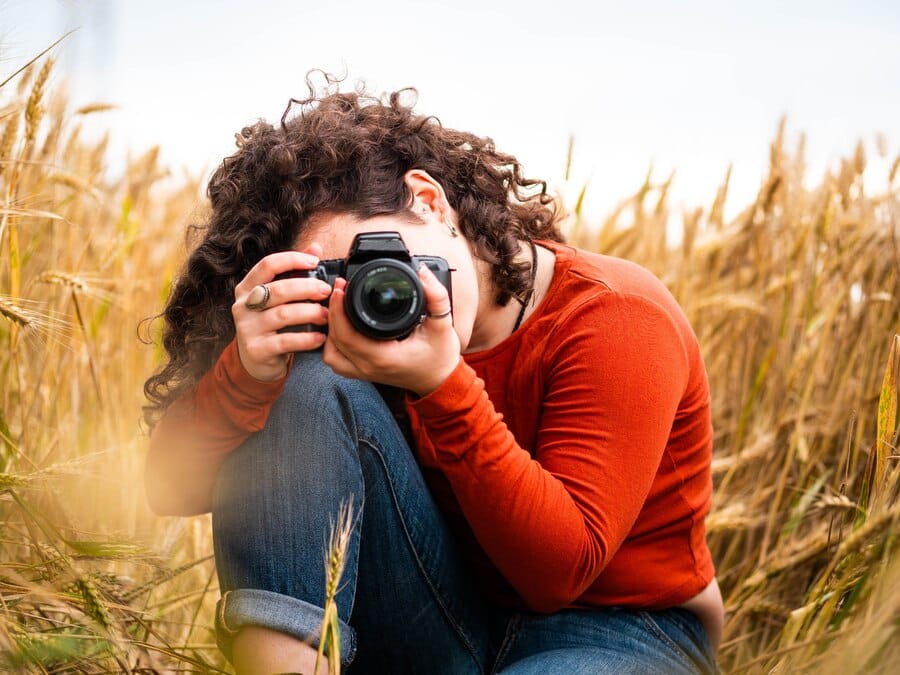The Art of Photography: Techniques and Storytelling
Whether you're an amateur enthusiast or a seasoned professional, mastering the art of photography requires more than just technical skill.

Photography is not merely about capturing images; it's about telling stories through visuals. Whether you're an amateur enthusiast or a seasoned professional, mastering the art of photography requires more than just technical skill. It involves understanding the principles of storytelling and applying them to your images. In this comprehensive guide, we'll delve into the techniques and strategies that will help you elevate your photography to the next level.

Understanding the Basics
Before delving into advanced techniques, it's essential to have a solid understanding of the basic principles of photography. This includes mastering concepts such as exposure, composition, and lighting. Without a strong foundation in these areas, it's challenging to create compelling images that effectively convey your intended message.
Exposure Triangle: Balancing Light and Shadow
The exposure triangle consists of three fundamental elements: aperture, shutter speed, and ISO. Understanding how these three factors interact with each other is crucial for achieving proper exposure in your photographs.
Composition: Creating Visual Interest
Composition plays a vital role in photography, influencing how viewers perceive and interpret an image. By mastering compositional techniques such as the rule of thirds, leading lines, and framing, you can create visually compelling photographs that draw the viewer's eye and evoke emotion.
Lighting: Setting the Mood
Lighting is one of the most critical aspects of photography, as it directly affects the mood and atmosphere of your images. Whether you're shooting indoors or outdoors, understanding how to manipulate natural and artificial light can dramatically improve the quality of your photographs.
Storytelling Through Photography
At its core, photography is a form of visual storytelling. It's about capturing moments, emotions, and narratives in a single frame. To truly master the art of photography, you must learn how to tell stories through your images.
Finding Your Voice
Every photographer has a unique perspective and vision. Finding your voice as a photographer involves identifying the subjects, themes, and styles that resonate with you personally. By staying true to your artistic vision, you can create images that are authentic and compelling.
Creating Narrative Depth
Great photographs go beyond mere visual documentation; they tell stories that resonate with viewers on a deeper level. To create narrative depth in your images, consider the context, mood, and symbolism of your subjects. Look for ways to convey emotion, drama, and tension through your photographs.
Capturing Emotion
Emotion is a powerful storytelling tool in photography. Whether it's joy, sadness, fear, or awe, capturing genuine emotions can elevate your images and forge a connection with your audience. Pay attention to facial expressions, body language, and gestures to convey emotion effectively.
Advanced Techniques
Once you've mastered the basics of photography and storytelling, you can explore more advanced techniques to further enhance your skills.
Long Exposure Photography
Long exposure photography involves using slow shutter speeds to capture motion blur or create ethereal effects. This technique is commonly used in landscape photography, astrophotography, and light painting.
HDR Photography
High Dynamic Range (HDR) photography combines multiple exposures of the same scene to capture a wider range of tones and details. This technique is useful for shooting high-contrast scenes where the dynamic range exceeds the capabilities of the camera sensor.
Composite Photography
Composite photography involves blending multiple images together to create a single cohesive composition. This technique is often used in conceptual photography, surrealism, and digital art.
Conclusion
Photography is a powerful medium for storytelling, allowing photographers to capture moments, evoke emotions, and convey narratives through visuals. By mastering the techniques and principles outlined in this guide, you can elevate your photography to the level of artistry, creating images that resonate with viewers and stand the test of time.